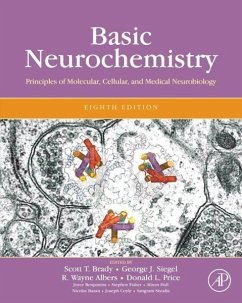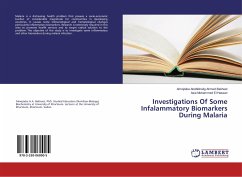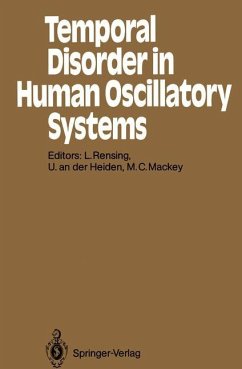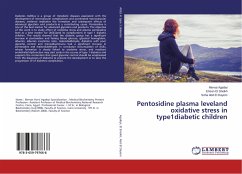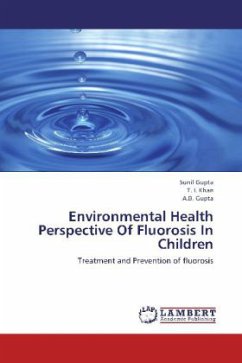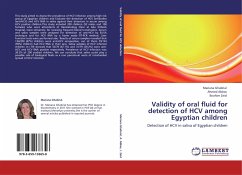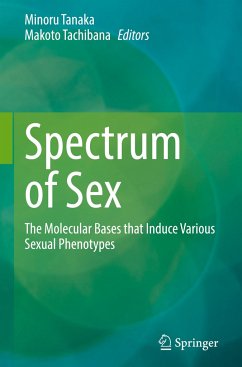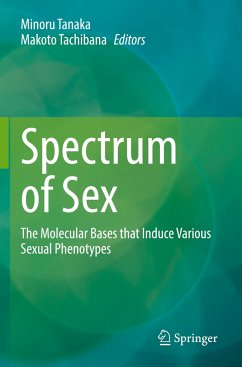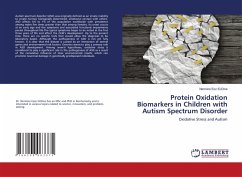
Protein Oxidation Biomarkers in Children with Autism Spectrum Disorder
Oxidative Stress and Autism
Versandkostenfrei!
Versandfertig in 6-10 Tagen
29,99 €
inkl. MwSt.

PAYBACK Punkte
15 °P sammeln!
Autism spectrum disorder (ASD) was originally defined as an innate inability to create normal, biologically determined, emotional contact with others. ASD affects 0.6 to 1% of the population worldwide with prevalence among males five times greater than that among females. Its onset occurs at an early age and the symptoms and associated functional impairments persist throughout life.The typical symptoms begin to be noted in the first three years of life and affect the child's development. Up to the present time, there are no specific tests that would allow the diagnosis to be laboratory based. ...
Autism spectrum disorder (ASD) was originally defined as an innate inability to create normal, biologically determined, emotional contact with others. ASD affects 0.6 to 1% of the population worldwide with prevalence among males five times greater than that among females. Its onset occurs at an early age and the symptoms and associated functional impairments persist throughout life.The typical symptoms begin to be noted in the first three years of life and affect the child's development. Up to the present time, there are no specific tests that would allow the diagnosis to be laboratory based. Although the pathogenesis of ASD is not yet fully known, it is clear that the disease is caused by an interaction of several genes and environmental risk factors. Genetics seems to play a primary role in ASD development. Among several hypotheses, oxidative stress is considered to play a significant role in the pathogenesis of ASD as a result of the cumulative influence of toxic environmentalinsults, which can promote neuronal damage in genetically predisposed individuals.





